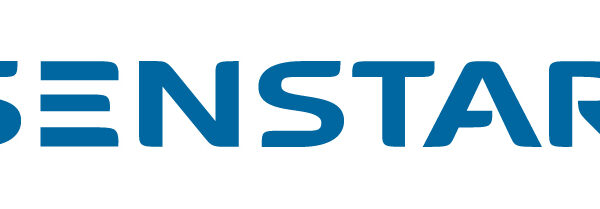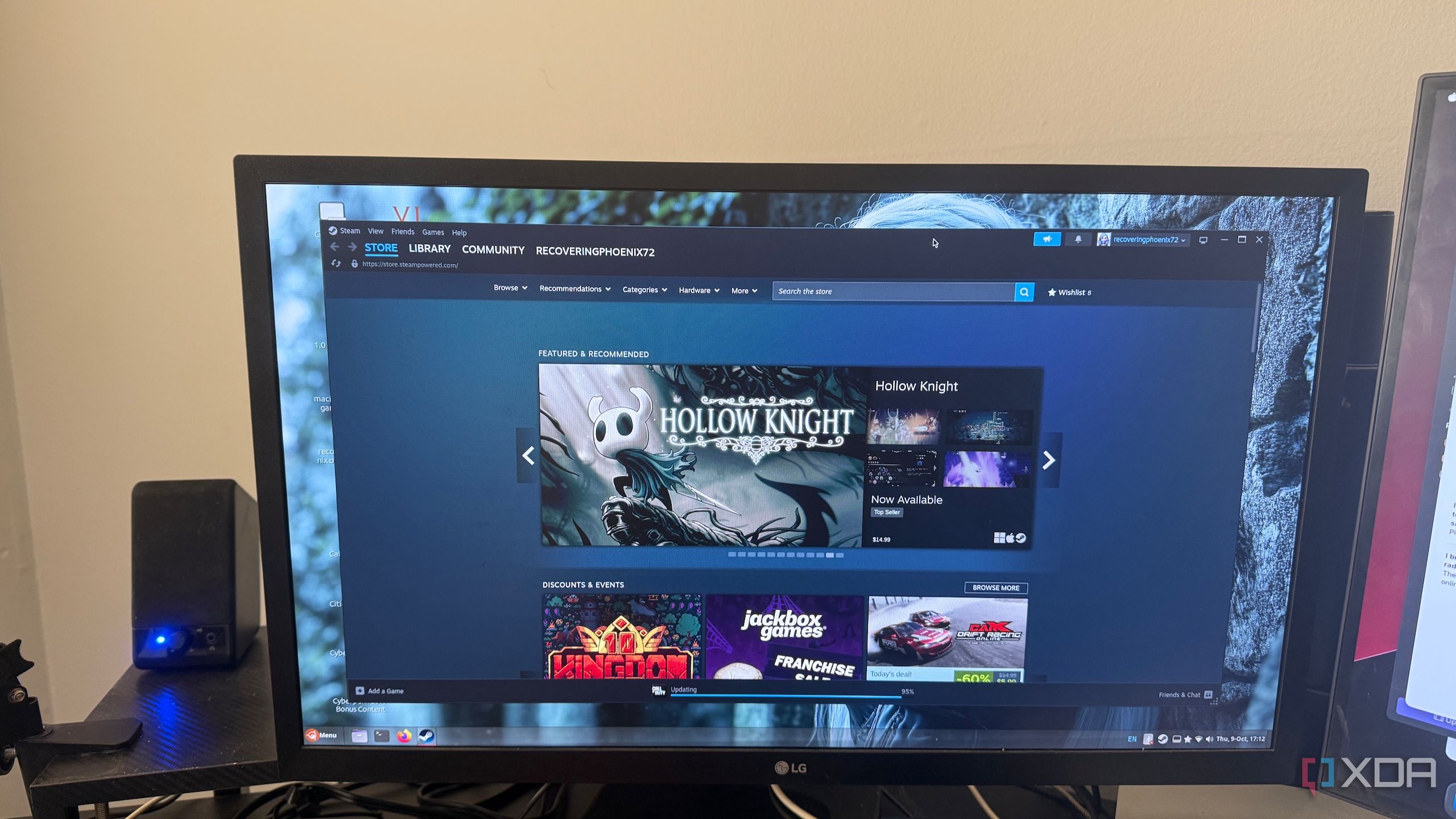URGENT UPDATE: Steam users are calling on Valve to address five critical bugs affecting the gaming platform on Linux, as frustrations mount over persistent issues that undermine user experience. These problems range from display failures to power management glitches, and they demand immediate attention from developers.
The issues have been reported consistently throughout October 2023, with users expressing dissatisfaction over how these bugs disrupt their gaming experience. As Linux gaming continues to grow, Valve’s failure to resolve these problems risks alienating a dedicated user base.
One of the most pressing concerns is the screensaver lockout. When users launch Steam or start a game, the platform disables screensavers and power management settings, failing to restore them afterward. This oversight can lead to monitors remaining active for hours, wasting energy and potentially shortening their lifespan. Despite reports surfacing for years on Valve’s GitHub tracker, the issue remains unresolved.
Additionally, Steam’s scaling and DPI support have come under fire for being inconsistent. On high-resolution setups, users often find text and icons either too small or stretched. The option to scale text and icons is ineffective, particularly under Wayland, leading to a frustrating experience that feels far from native. Users have resorted to cumbersome workarounds, which should not be necessary.
Another major bug is the notorious blank client window. Users frequently report launching Steam only to be greeted with a gray or black screen instead of their game library. This issue, linked to GPU handoff problems and compositor quirks, can often only be resolved by restarting the client or switching to Big Picture mode. Such persistent failures undermine user confidence and make Linux gaming feel unstable.
Moreover, Valve’s Proton compatibility layer, which allows Windows titles to run on Linux, is plagued by inconsistencies. Some games fail to launch or become unplayable due to crashes and stuttering. Users often find themselves experimenting with different Proton versions to get games working, which complicates the gaming experience.
Finally, the Wayland support within Steam remains unreliable, with users reporting flickering windows and blank screens. Dual-GPU systems face additional challenges, often causing Steam to render on the wrong graphics card. This kind of instability is unacceptable in a platform that aims to lead the Linux gaming community.
As the Linux desktop matures, Valve must address these issues to maintain its leadership in the space. The tools and community support are in place; what’s missing is the attention to detail that can elevate Steam from a functional client to a top-tier gaming experience.
If Valve responds swiftly to these challenges, it could reaffirm its commitment to Linux as a serious gaming platform. The gaming community is watching closely, and the demand for solutions has never been more urgent. Users are eager for updates, hoping to see improvements that could transform their gaming experience on Linux.




































































